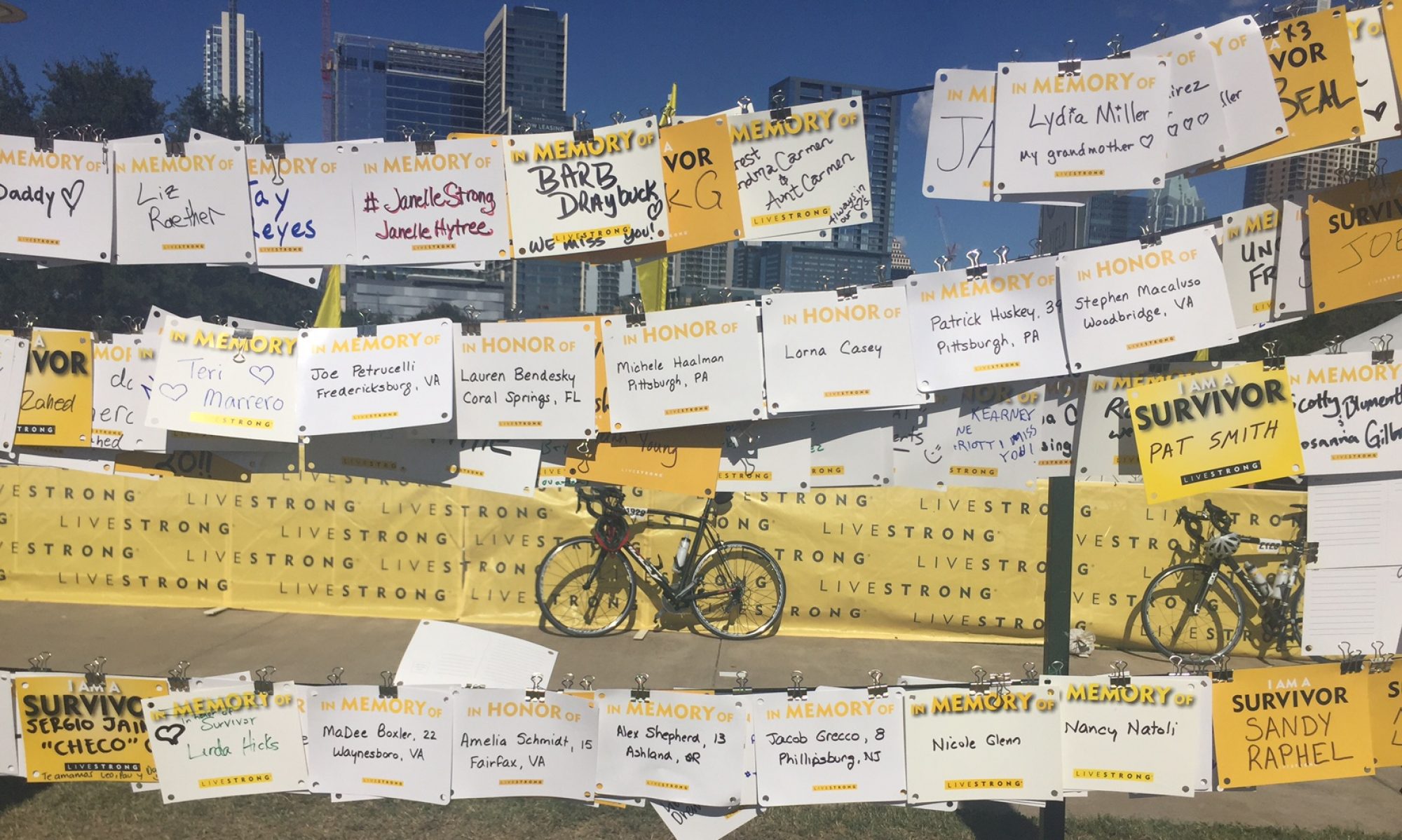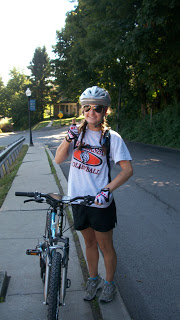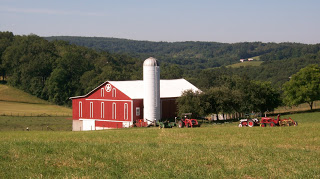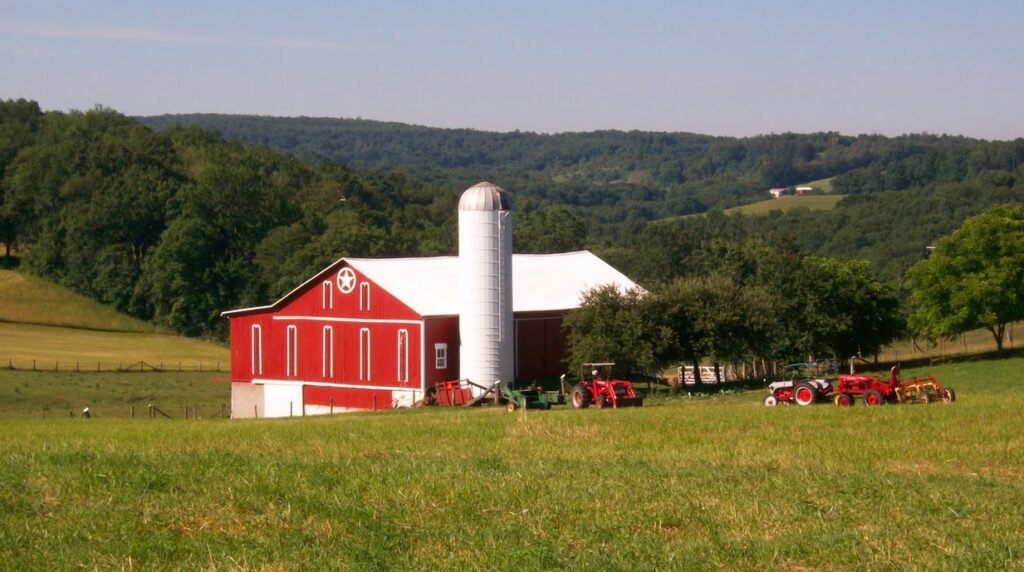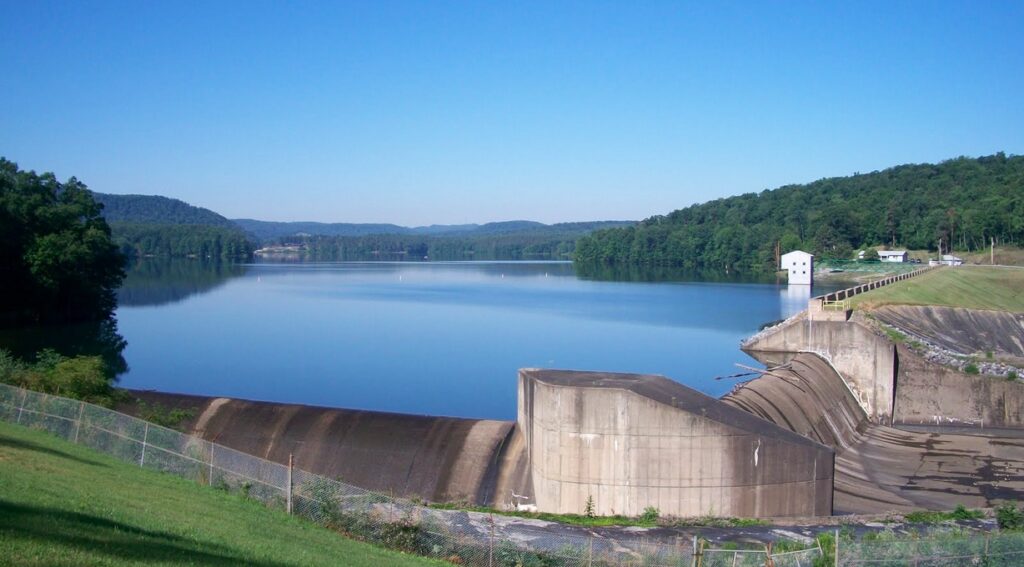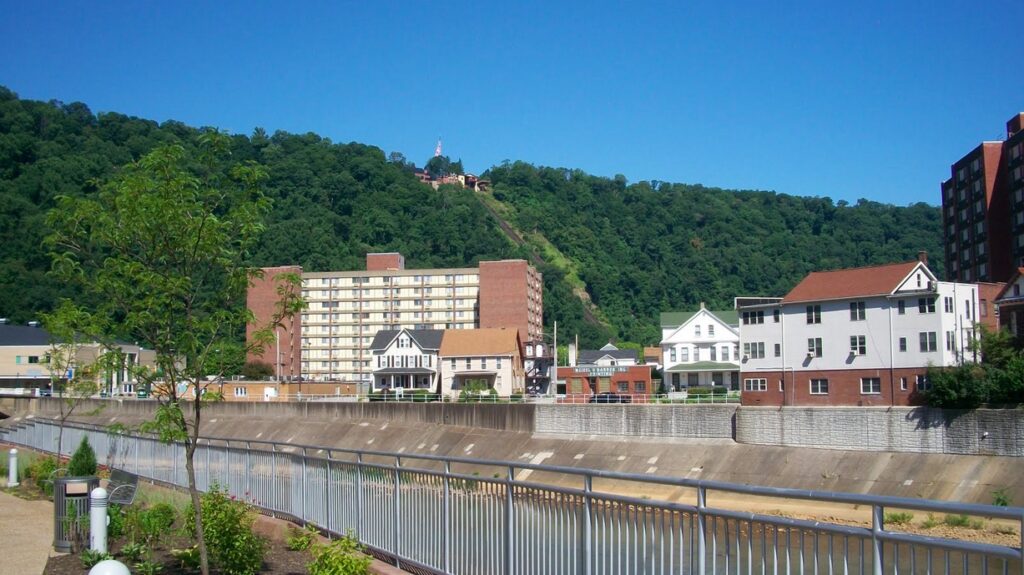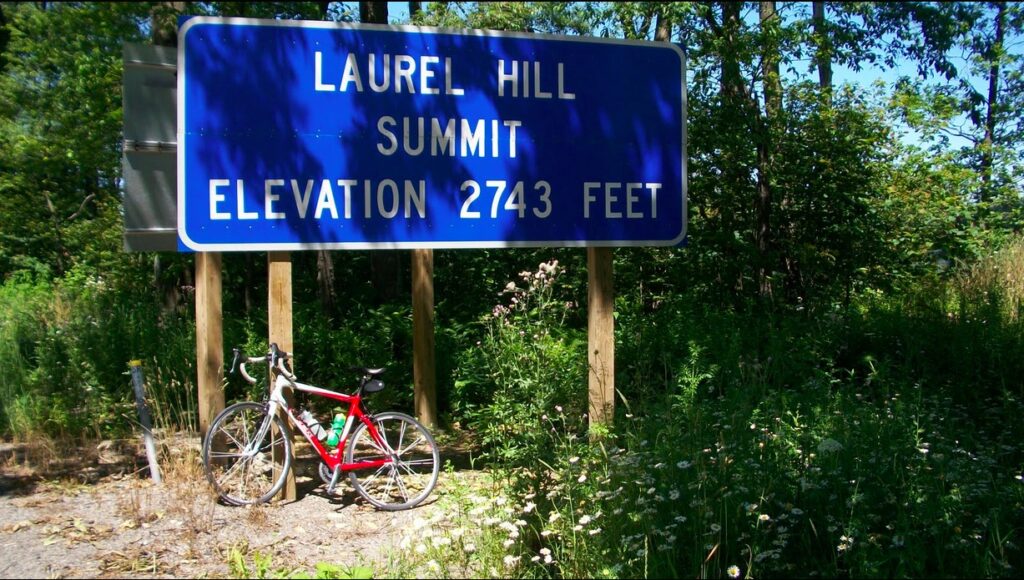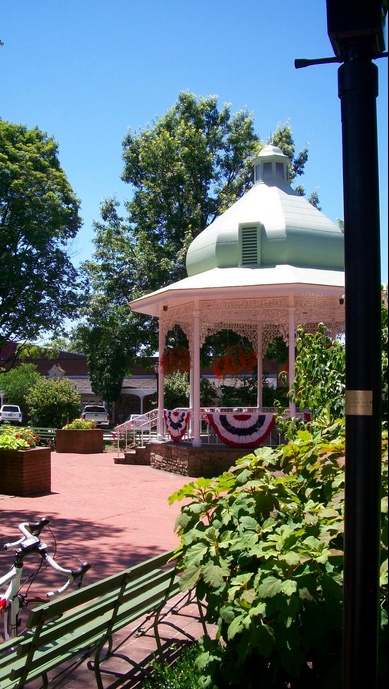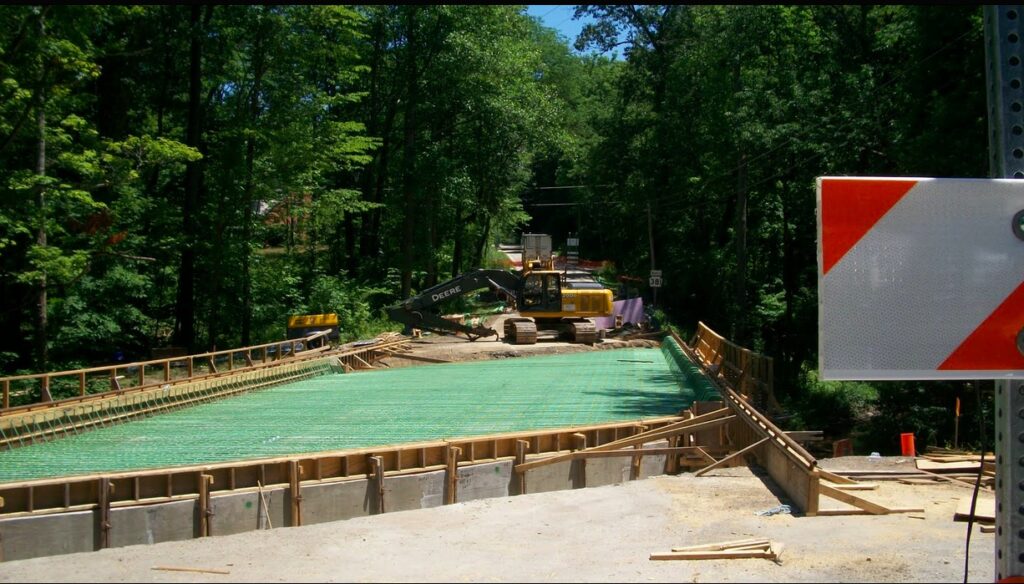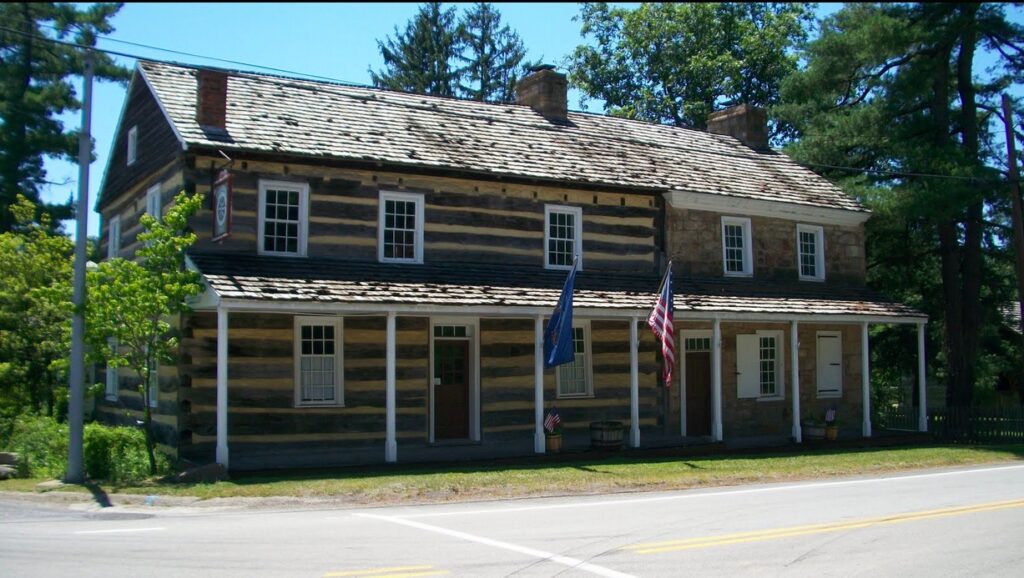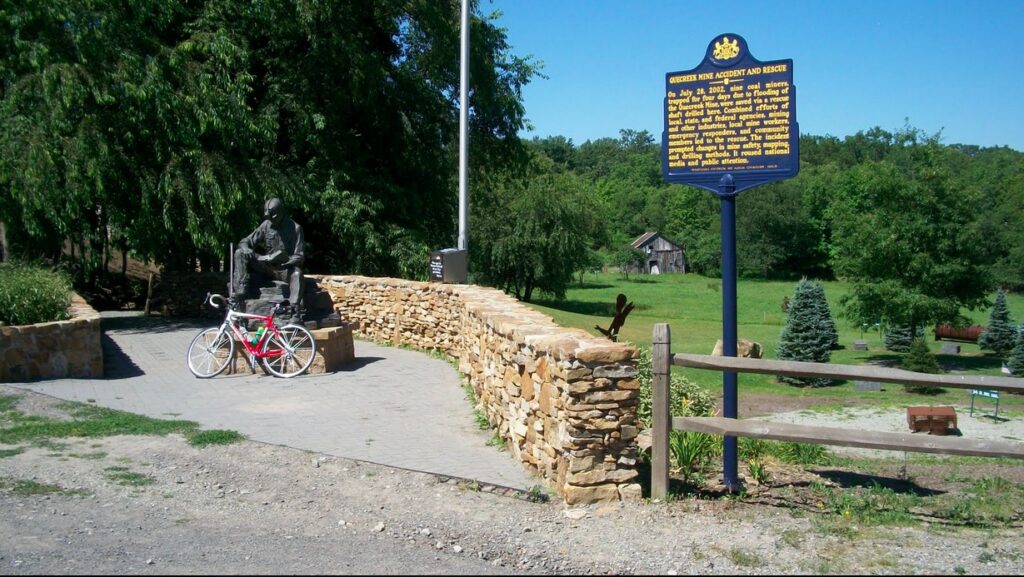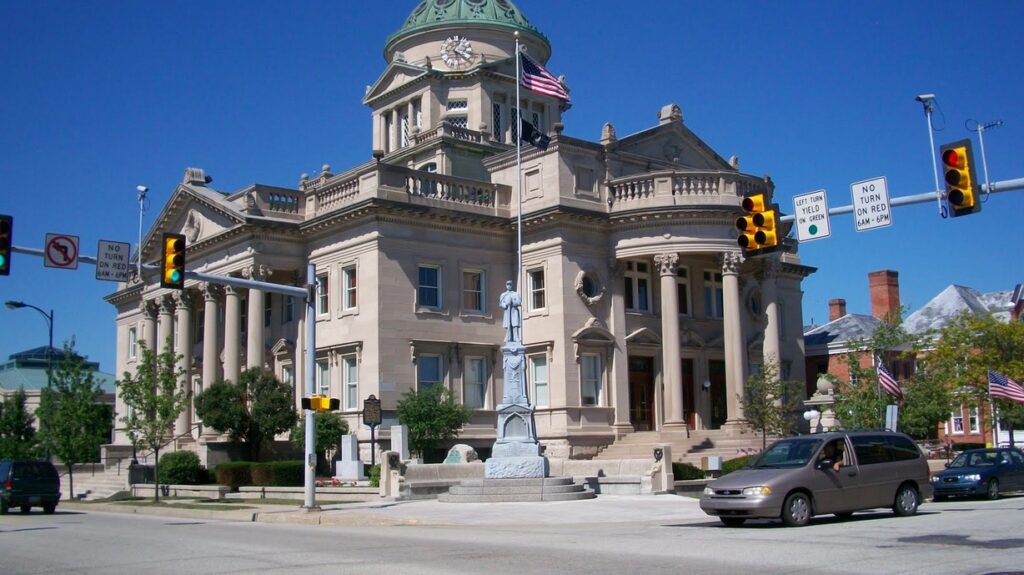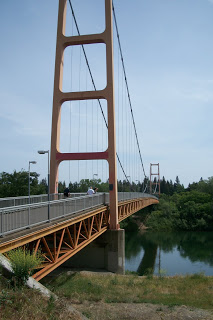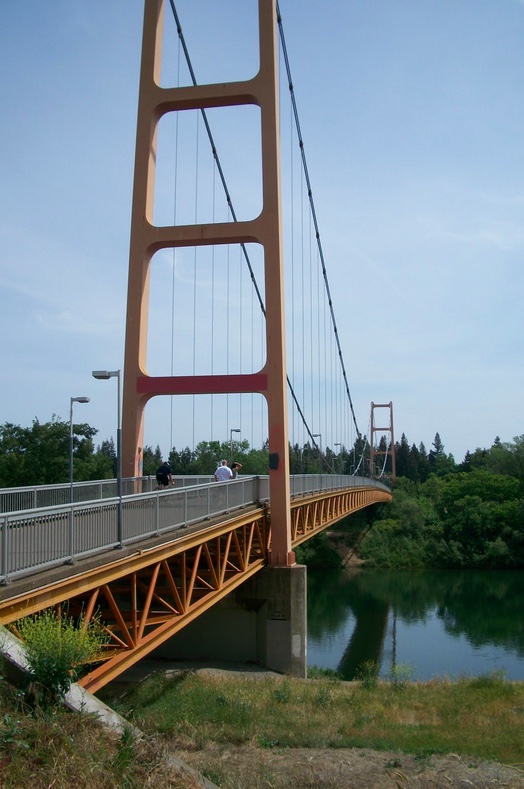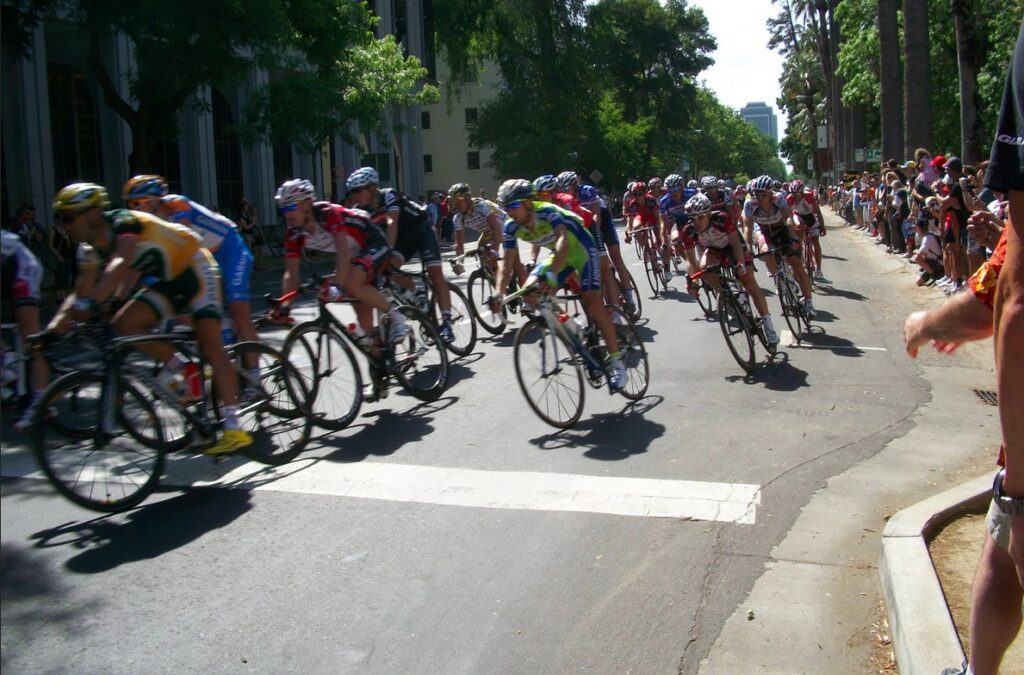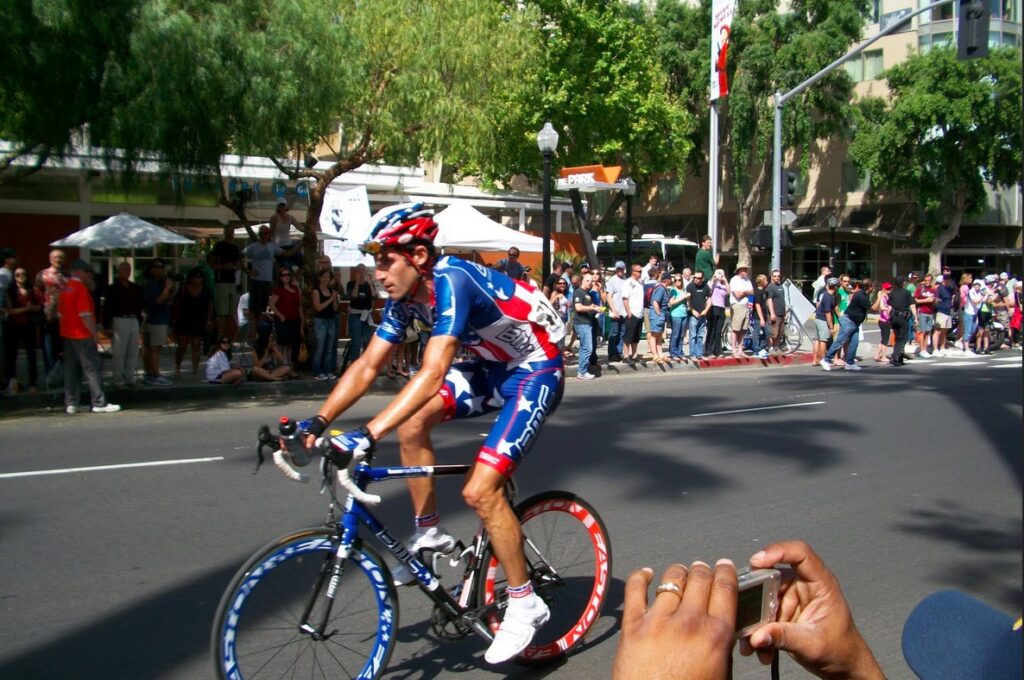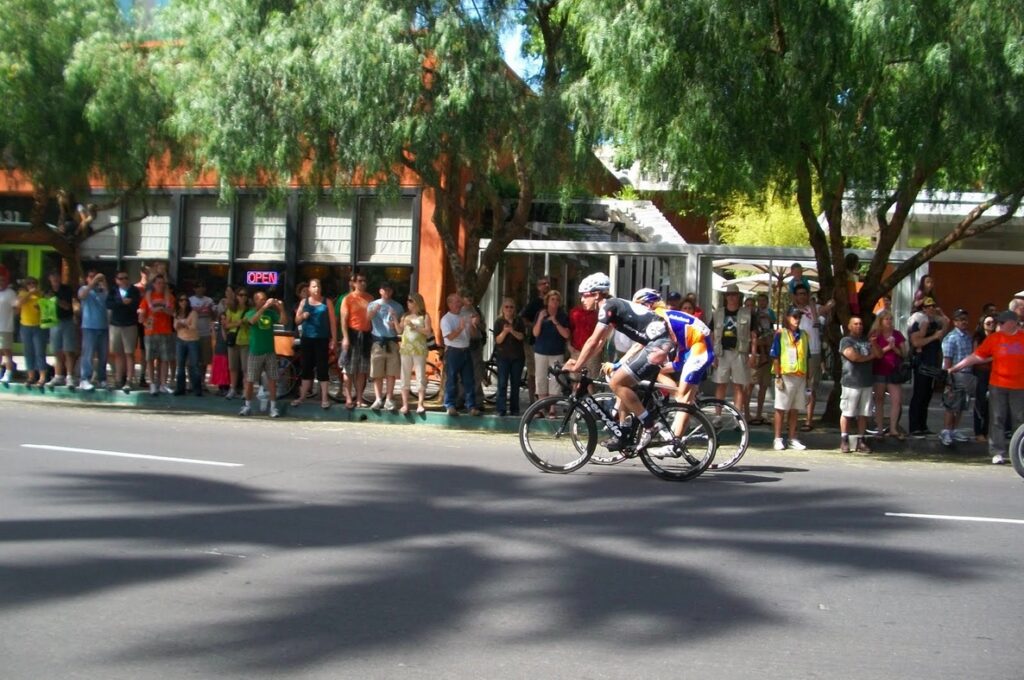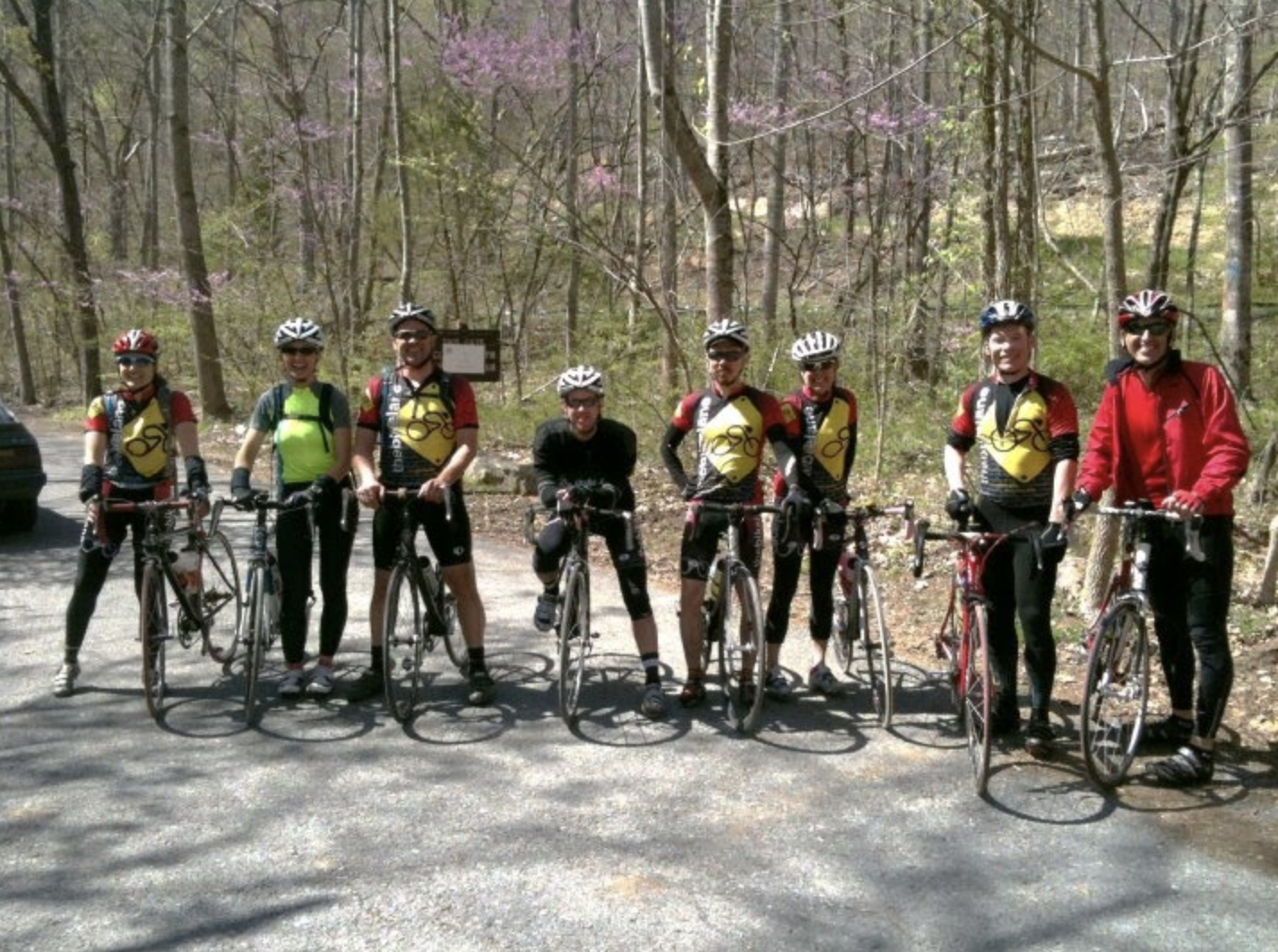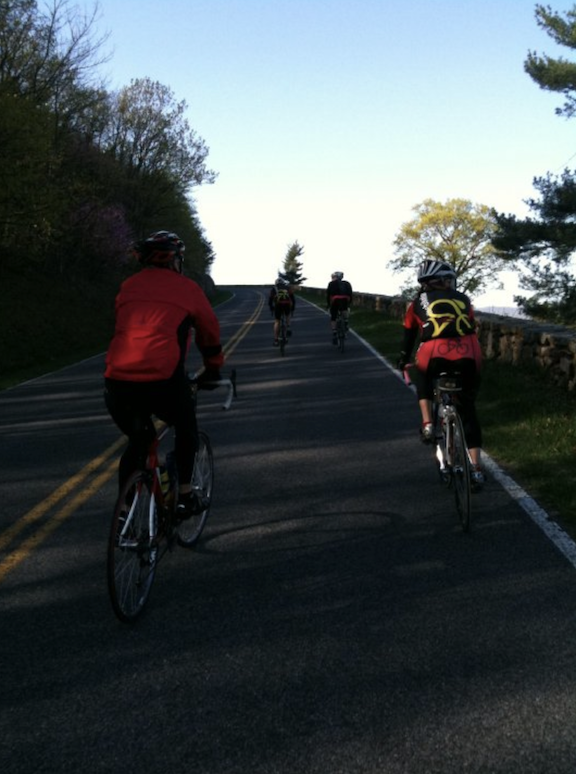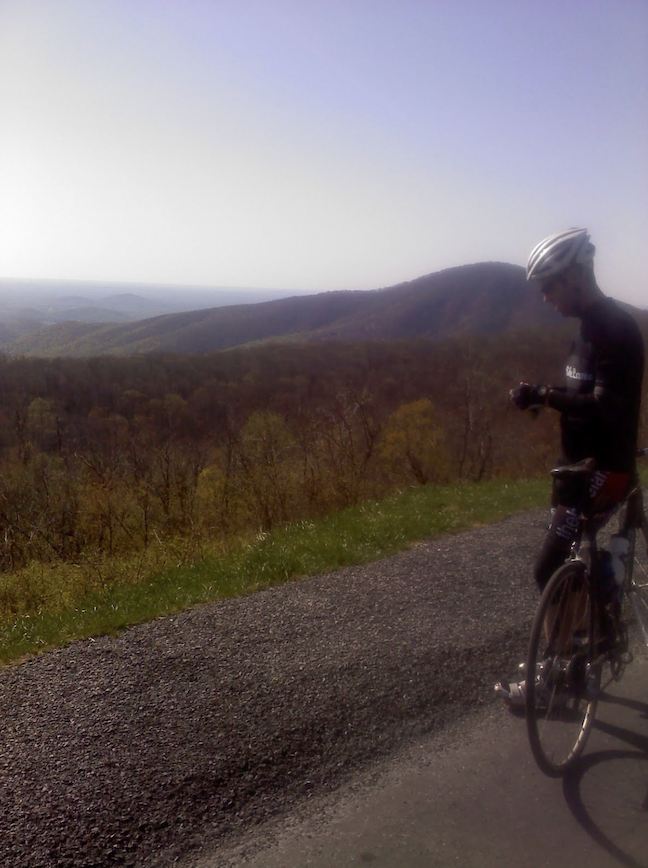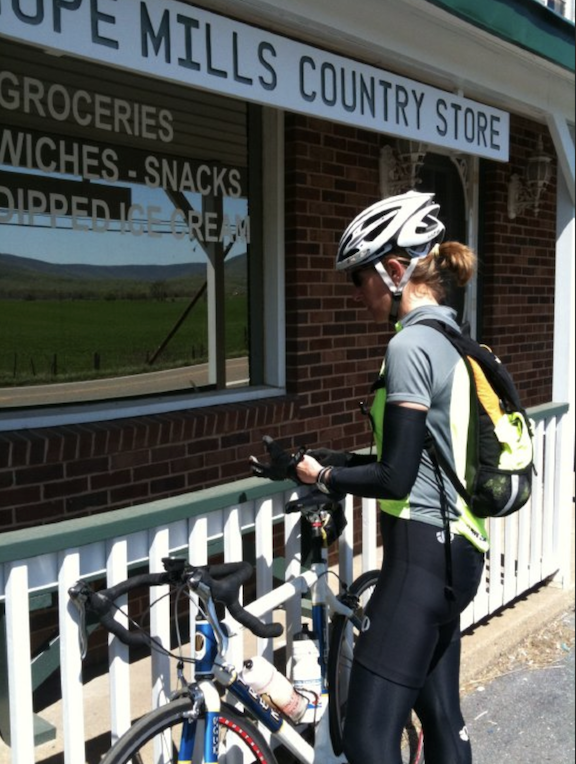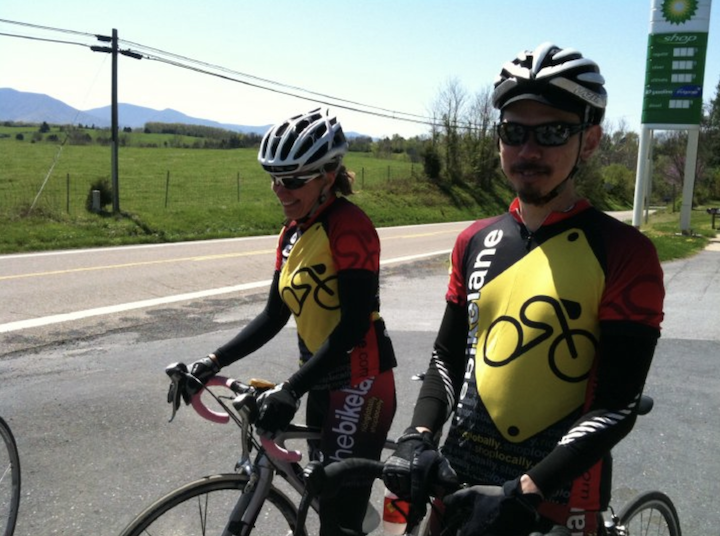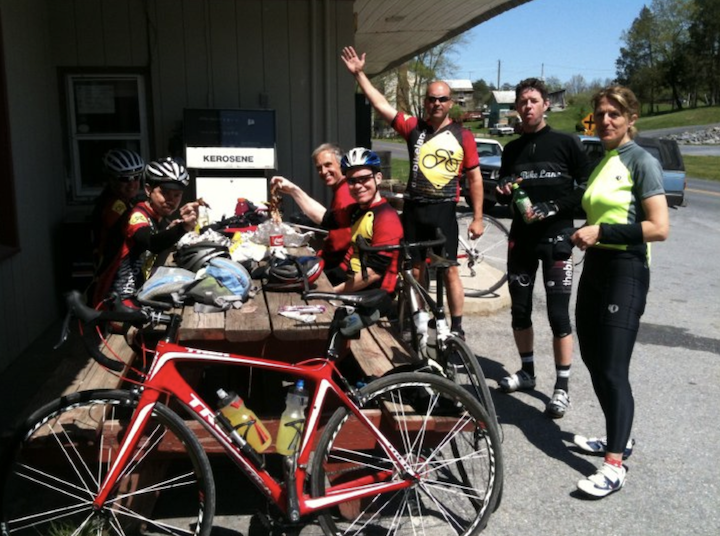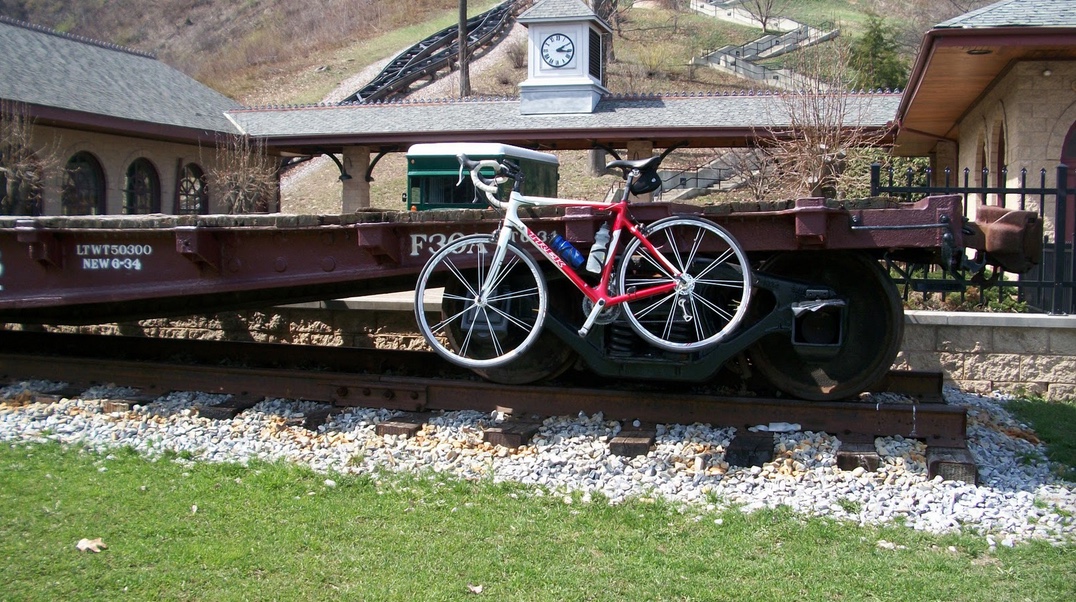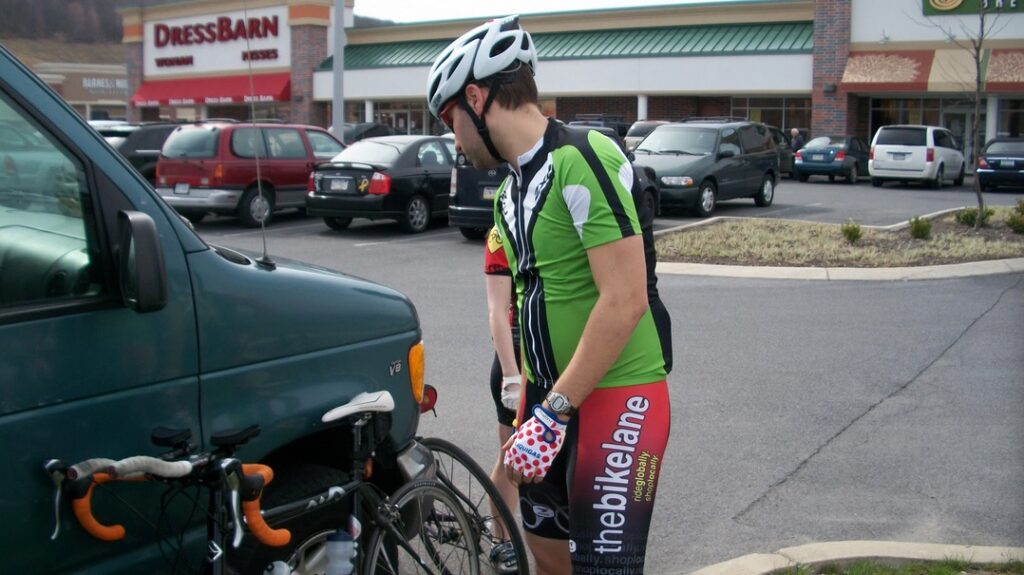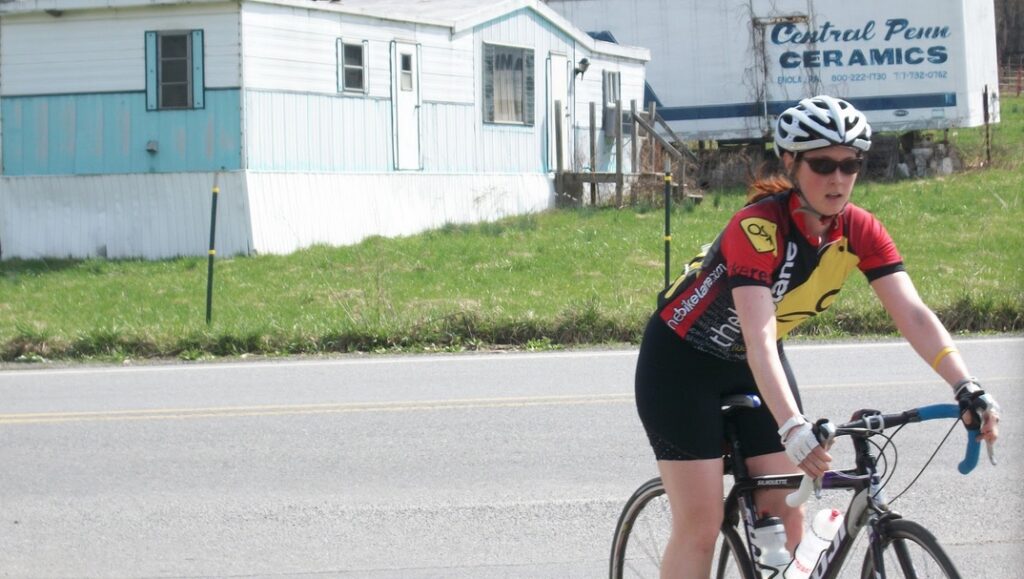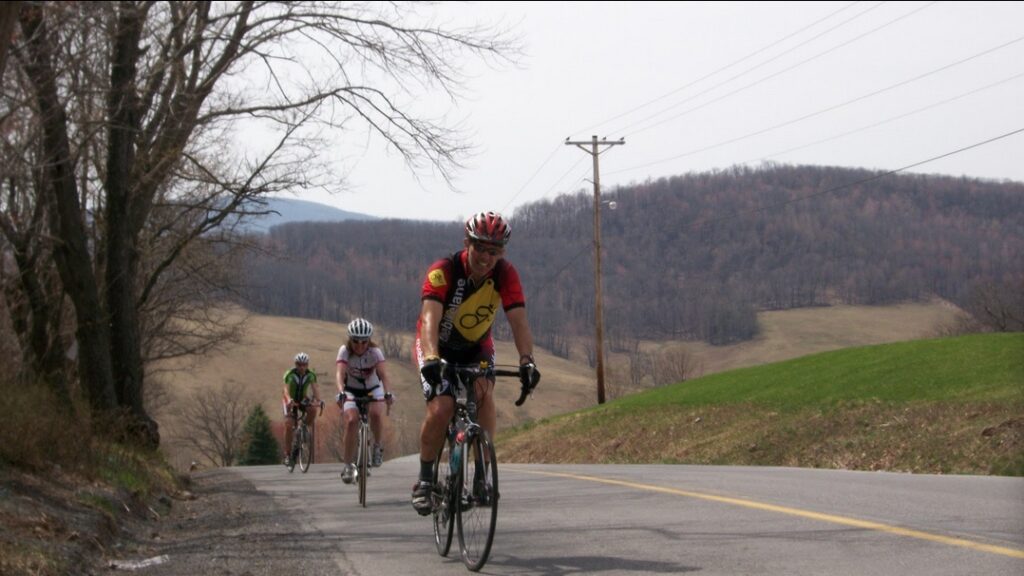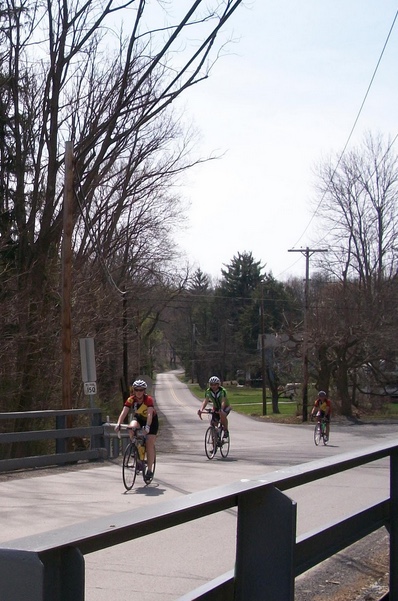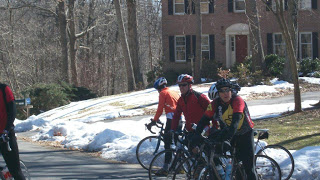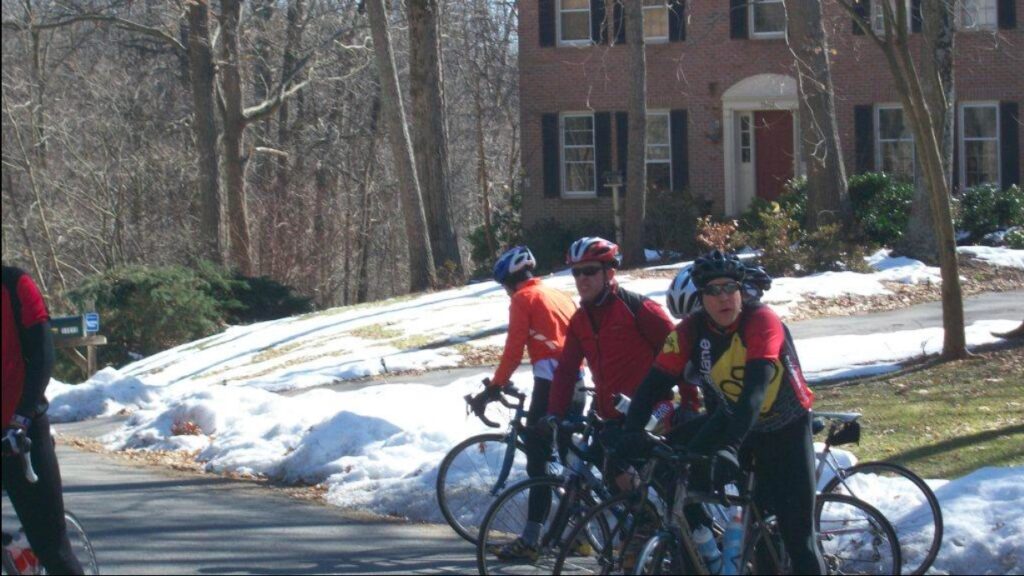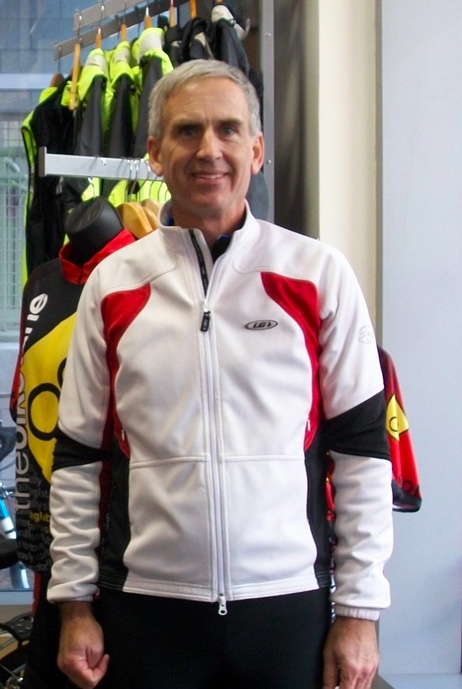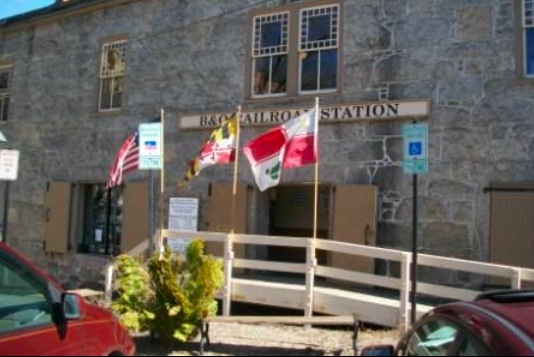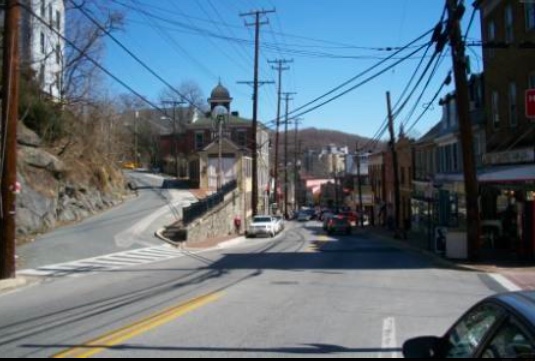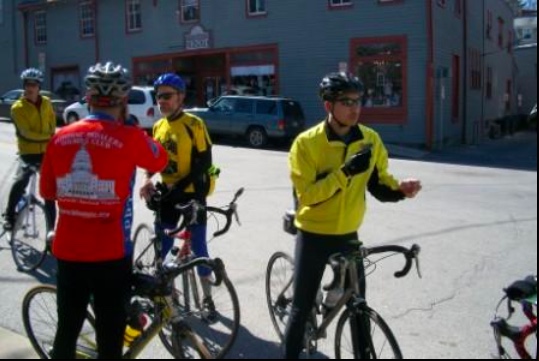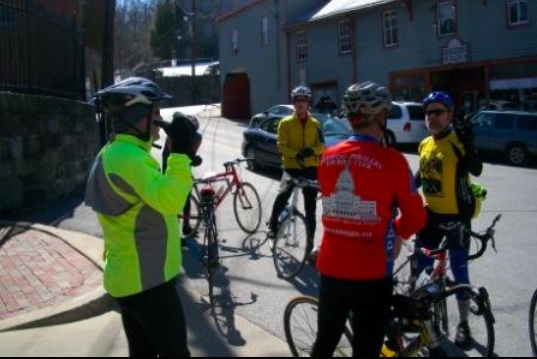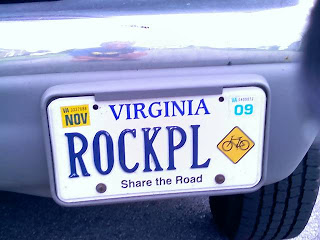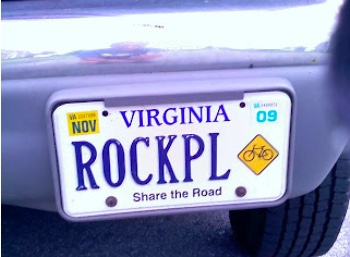MEYERSDALE, PENNSYLVANIA
Oh, Lord, you delivered Daniel from the lion’s den
Delivered Jonah from the belly of the whale and then
The Hebrew children from the fiery furnace
So the Good Book do declare
Oh Lord, Lord if you can’t help me,
For goodness sake don’t help that bear
(Lyrics from The Preacher and the Bear)
I have more than 9,000 miles on my butt riding on the road since I’ve been on a mountain bike. But my niece, Emily Cramer, just bought a new mountain bike and was excited to go riding with her.
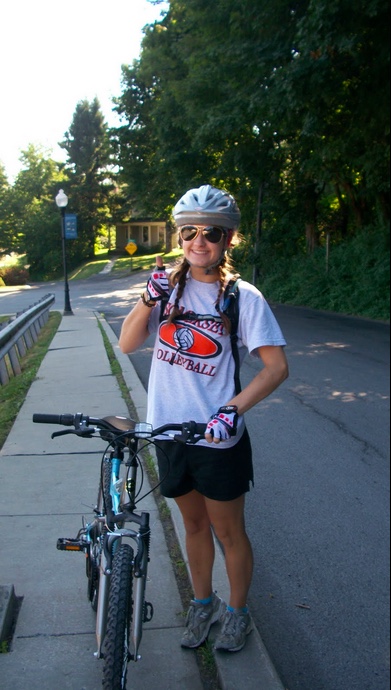
In 2003, I rode the Great Allegheny Passage from Pittsburgh (McKeesport) to Cumberland, Md. then on to Washington, D.C. but the section from Meyersdale, Pa. to Cumberland wasn’t open yet. Now it is. I suggested we could do the segment from Frostburg, Md. to Garrett, Pa.
My dad dropped us off in Frostburg as we had left my van in Garrett for our return trip. I took Andrew’s mountain bike and it felt good getting on the trail but I forgot how dirty and dusty it is. The trail from Frostburg heads up the mountain until reaching the Eastern Continental Divide.
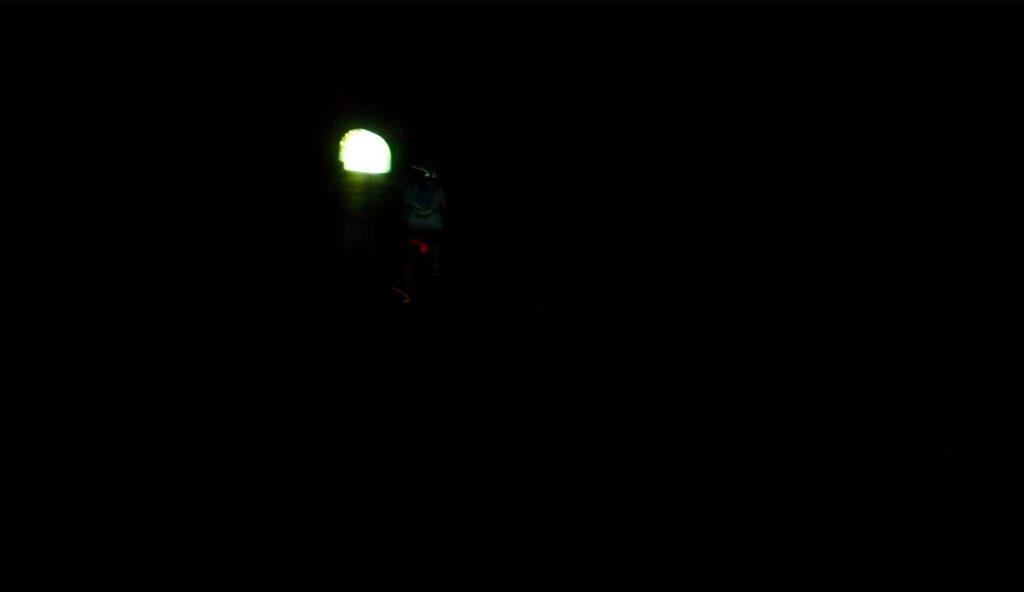
We first came to the Borden Tunnel. We didn’t have lights and thought we’d be okay. But once it became pitch black it was weird. One doesn’t realize that part of our balance comes from sight. If you don’t believe it, try standing on one leg for 60 seconds. Then try it with your eyes close and see how you wobble. And so it was as we pedaled. The sense of moving forward disappeared. You could feel yourself pedaling but without seeing trees or walls or buildings it was very hard to tell if you were moving. Except you were pedaling. Weird, weird, and more weird.
We exited the tunnel and came around a corner when we saw it. A pretty large bear up ahead on the trail, perhaps 75 meters. We stopped but I could not get my camera quick enough. And my first instinct was not to photograph it but think about how best to protect us if it should turn towards us. But it didn’t. It looked at us and then turned and continued to cross the trail then head up into the woods.
How wild! I always wanted to see a bear in the wild but always thought, and hoped, it would be from within the safe confines of my car. Not on a bike on a trail.
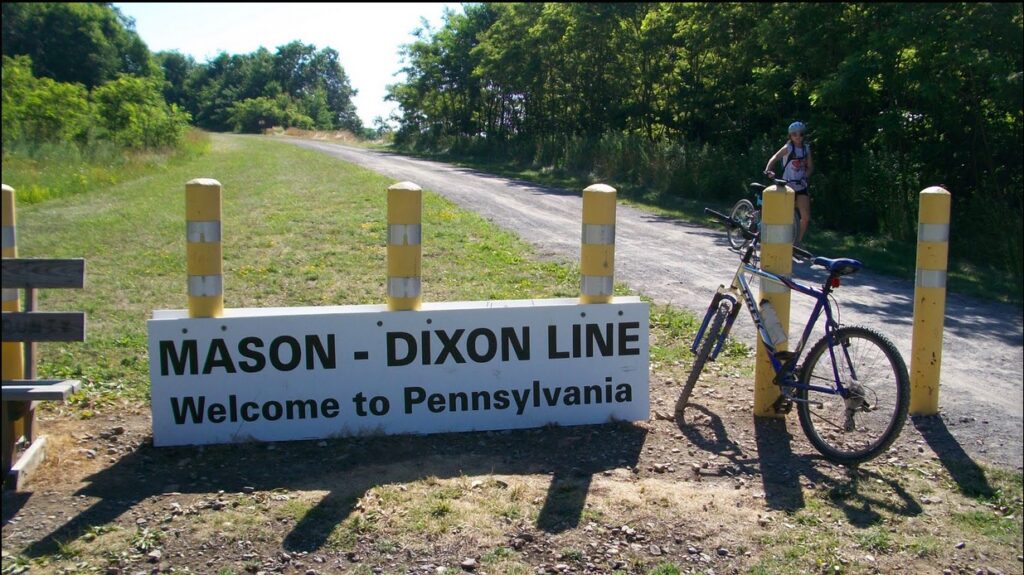
At this point, we were probably no more than 300 meters from the state line dividing Maryland and Pennsylvania. We had to pass where the bear had crossed the trail and gave a quick look to see if he was still around. I didn’t see him. We came to the state line, took a picture, and moved on. Quickly.
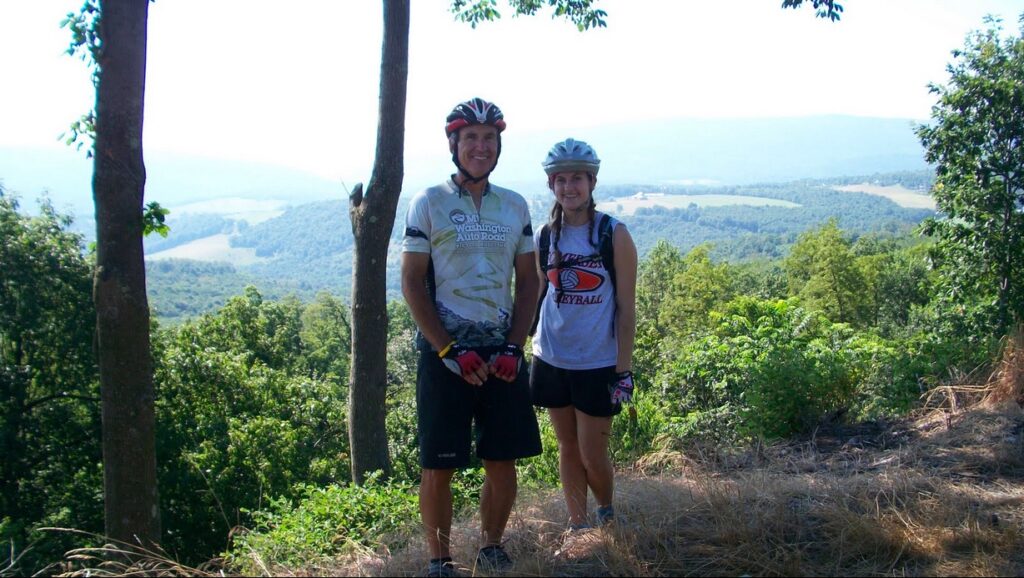
Compared to seeing a large bear, nothing on the ride could then compare. We went through the 3,294 foot (1 km) Savage Tunnel. I was looking forward to seeing a wall of donor bricks but didn’t see any.*
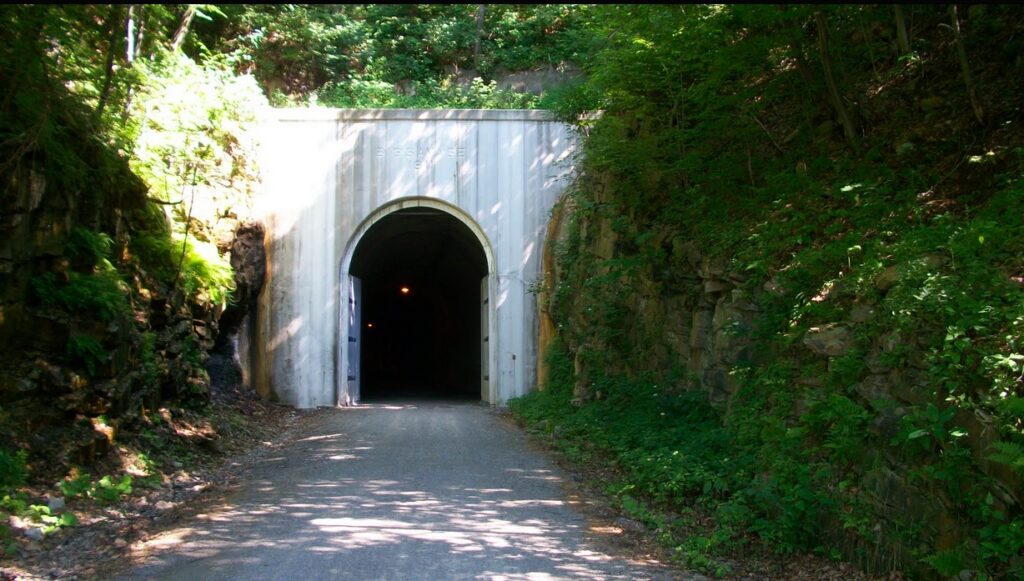
We reached the high point on the trail at Eastern Continental Divide where it goes under Pa. Rte. 2011, McKenzie Hollow Road. I pedaled up this road seven years ago. This was much easier. Although it was “downhill” from there, that’s a 1-2% grade on crushed limestone so there’s no coasting.
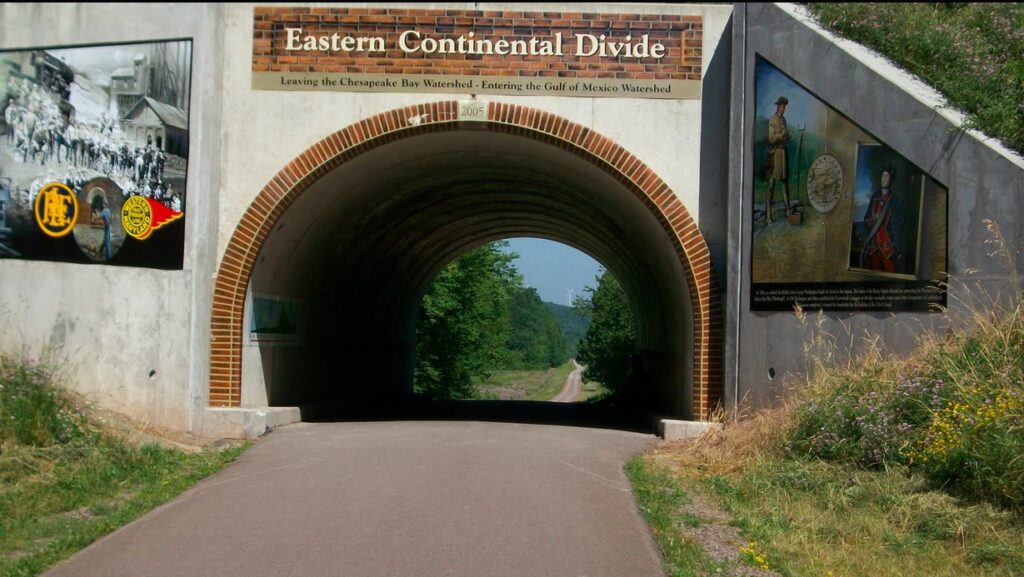
And the only pavement on the trail is 50 meters on either side of this crossing.
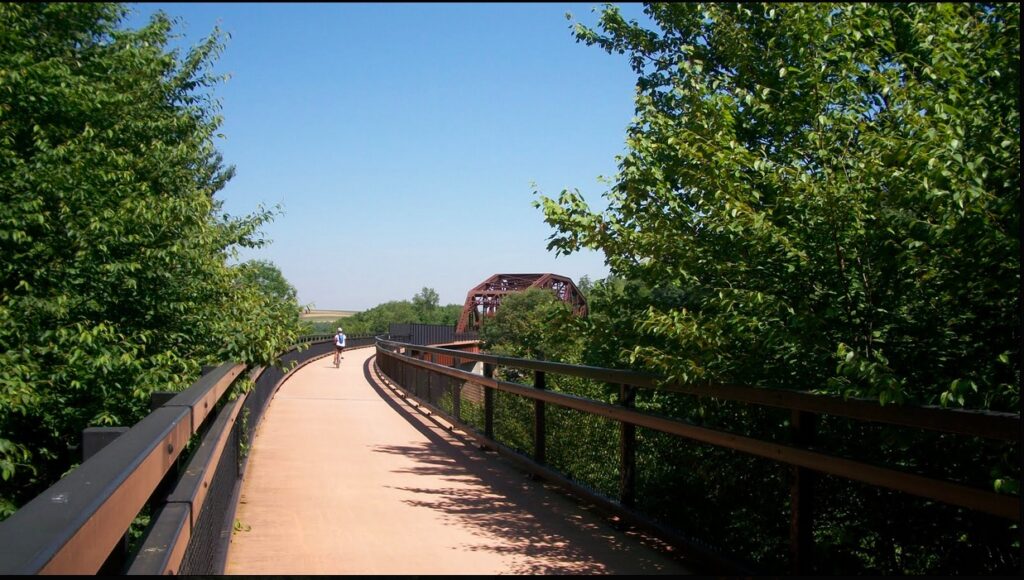
We crossed the Keystone Viaduct, the Bollman Bridge, passed the Meyersdale train station, and crossed the 2,200-foot Salisbury Viaduct before returning to the van parked in Garrett.
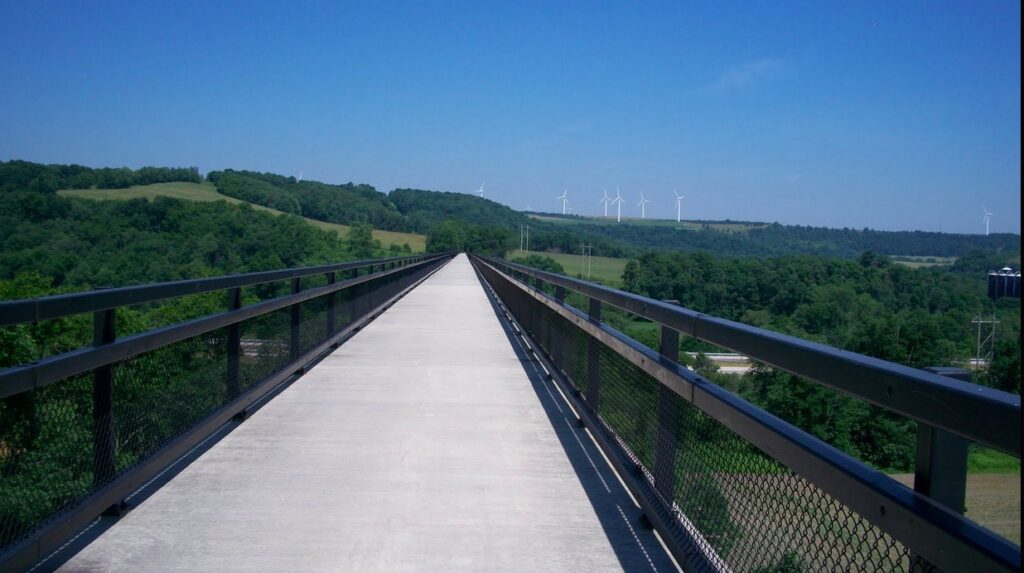
The beauty of the trail is outstanding and it was great riding through and over some of the engineering marvels in the area.
____
*The Big Savage Tunnel Recognition Plaque is in the final phase of review. When complete, it will be erected at the Deal Trailhead.
